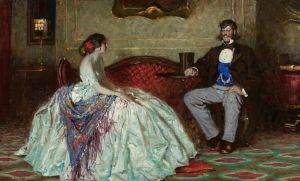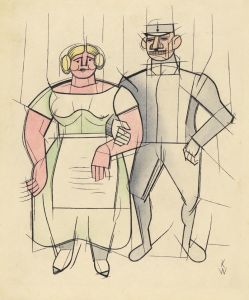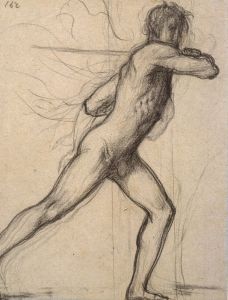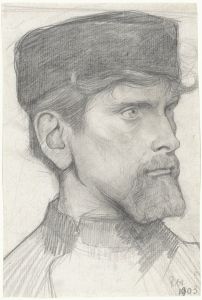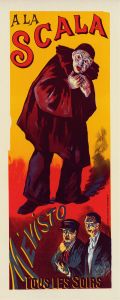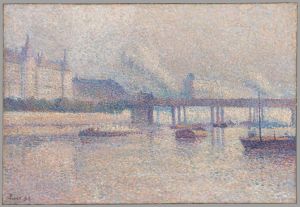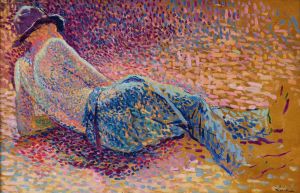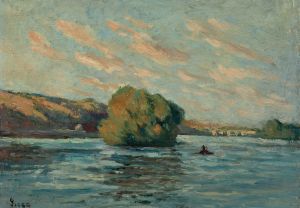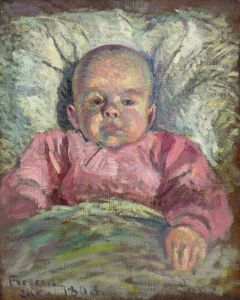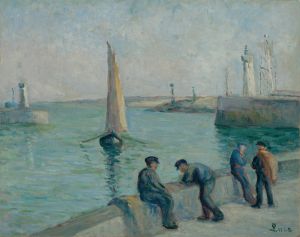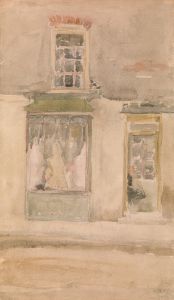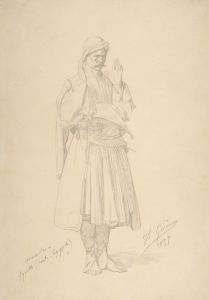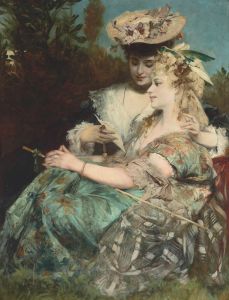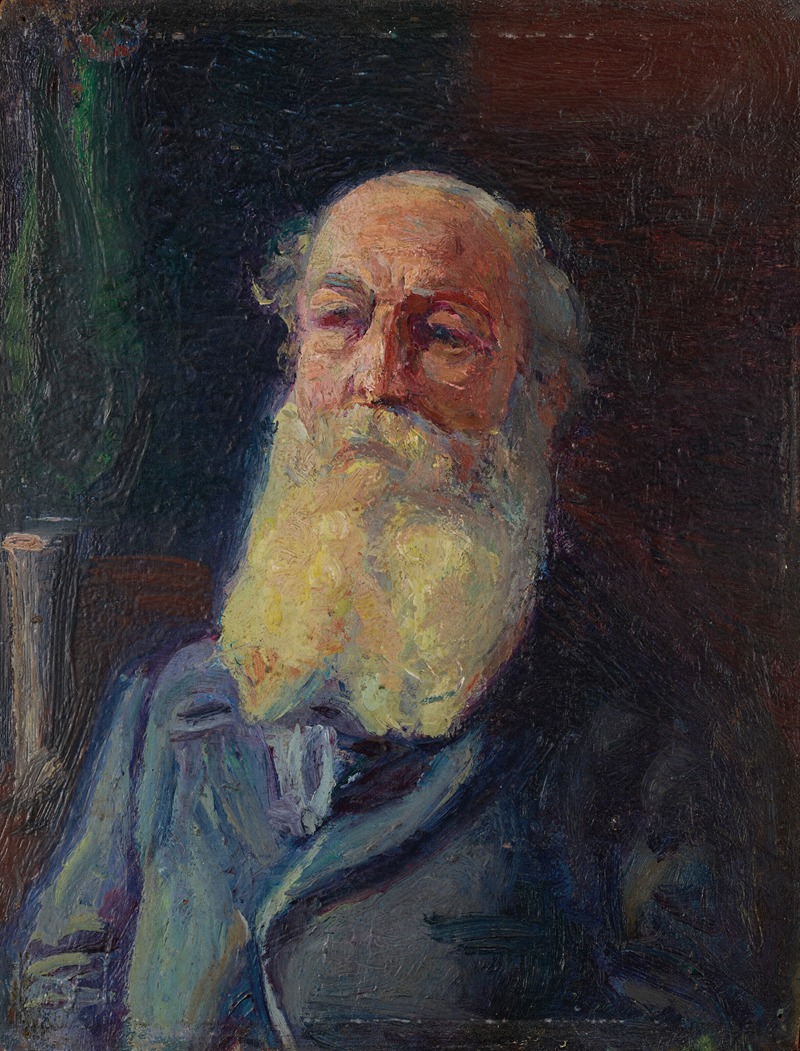
Portrait d’homme
A hand-painted replica of Maximilien Luce’s masterpiece Portrait d’homme, meticulously crafted by professional artists to capture the true essence of the original. Each piece is created with museum-quality canvas and rare mineral pigments, carefully painted by experienced artists with delicate brushstrokes and rich, layered colors to perfectly recreate the texture of the original artwork. Unlike machine-printed reproductions, this hand-painted version brings the painting to life, infused with the artist’s emotions and skill in every stroke. Whether for personal collection or home decoration, it instantly elevates the artistic atmosphere of any space.
Maximilien Luce was a French Neo-Impressionist artist known for his paintings, illustrations, and engravings. Born on March 13, 1858, in Paris, Luce was initially trained as an engraver before he transitioned to painting. He became associated with the Neo-Impressionist movement, which was characterized by the use of pointillism—a technique involving the application of small, distinct dots of color to form an image. Luce was influenced by the works of Georges Seurat and Paul Signac, who were pioneers of this style.
"Portrait d’homme" is one of Luce's works that exemplifies his skill in capturing the human form and expression. While specific details about this particular painting are scarce, it is consistent with Luce's broader oeuvre, which often included portraits, landscapes, and scenes of everyday life. His portraits are noted for their vivid use of color and light, reflecting the influence of Impressionism and the scientific approach to color theory that defined Neo-Impressionism.
Luce was not only an artist but also an active political figure, known for his anarchist beliefs. His political views often permeated his artwork, which sometimes depicted the struggles of the working class and the social issues of his time. This context is essential to understanding Luce's work, as his art was not just an aesthetic endeavor but also a means of social commentary.
Throughout his career, Luce participated in numerous exhibitions, including the Salon des Indépendants, which was known for showcasing avant-garde artists who were often excluded from the official Paris Salon. His involvement with this group further cemented his status as a key figure in the Neo-Impressionist movement.
Luce's technique in "Portrait d’homme" would likely have involved the meticulous application of color, using small strokes or dots to build up the image. This method not only created a vibrant surface but also allowed for a dynamic interplay of colors, which could convey depth and emotion. The portrait would have been painted during a period when Luce was deeply engaged with the principles of Neo-Impressionism, focusing on the effects of light and color interaction.
Despite the lack of specific information about "Portrait d’homme," Luce's body of work provides insight into his artistic approach and thematic concerns. His portraits often reveal a sensitivity to the human condition, capturing not just the physical likeness of his subjects but also a sense of their inner life. This ability to convey emotion and character is a hallmark of Luce's portraiture.
Maximilien Luce continued to paint and exhibit his work until his death on February 6, 1941. His contributions to the Neo-Impressionist movement and his commitment to social issues through art have left a lasting impact on the art world. While "Portrait d’homme" may not be as widely recognized as some of his other works, it remains a testament to his skill and vision as an artist.





